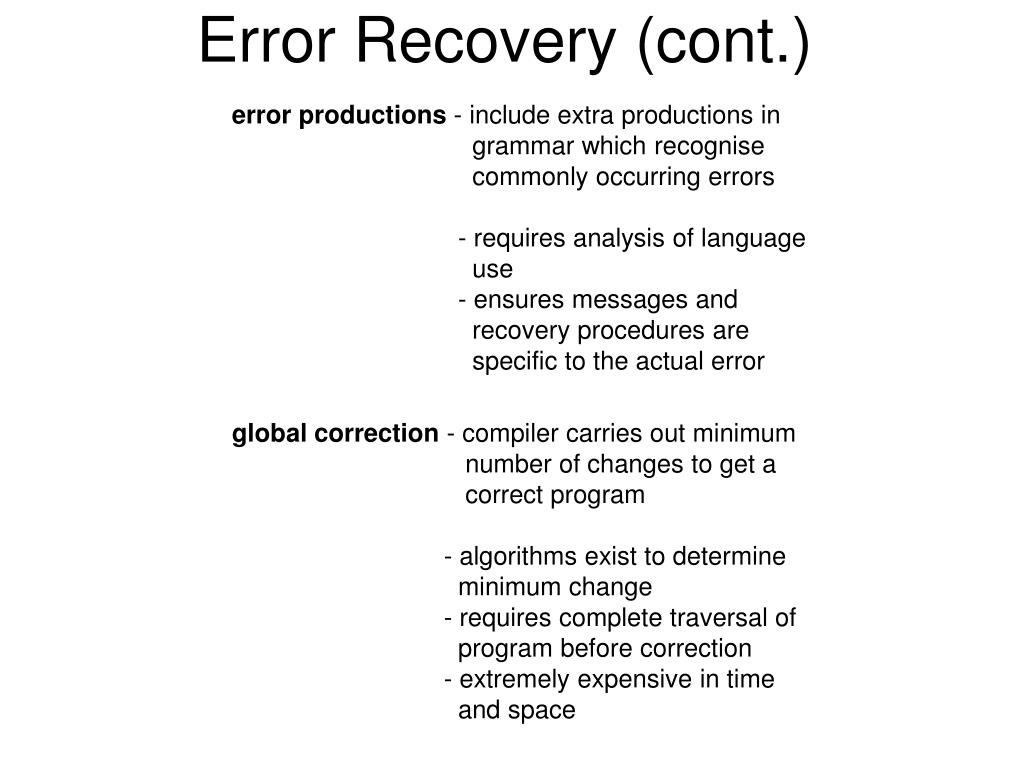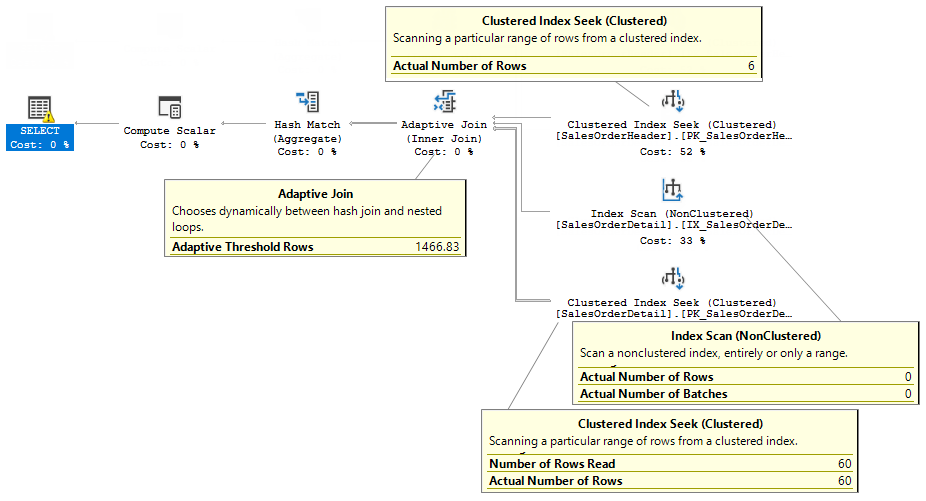

Some methods react badly to unanticipated situations some require a large programming effort and careful anticipation of possible syntactic errors.
#Discuss panic mode error recovery technique with example how to
Error-repair procedures tend to provide better diagnostics, giving the programmer hints as to how the parser recovered from the error and, hopefully, giving some hints on how to fix the error for a later run.Įrror-recovery and -repair methods can be considered unsatisfactory for a number of reasons. Error repair, a more stringent form of error recovery, involves changing the erroneous input sequence to one that is syntactically correct so that parsing may continue. 5 that error recovery refers to an attempt to manipulate the stack configuration of the parser and the input stream so that parsing may continue. While some of these methods have been used in parsers, they are not considered to provide satisfactory error recovery today.

This section examines three methods of error recovery which are applicable to LR parsers. To be usable, a parser requires some method which it can use to recover from errors. We then present several approaches to error recovery that have been based on the Graham-Rhodes approach.Įarly methods of error recovery.

We next identify some of the difficulties in applying the Graham-Rhodes method of error recovery to LR parsers. The discussion mentions some advantages and disadvantages of these methods, providing the motivation for other error-recovery implementations. We first describe some of the earlier methods of error recovery which have been used. This section outlines some of the approaches to error detection and recovery, concentrating on recent efforts in implementing error-repair strategies based upon the context surrounding the error point in a source program. Error Detection and Recovery in LR ParsersĪcceptable error recovery, which often involves some error repair, has been difficult to incorporate within LR, SLR, and LALR parsers.


 0 kommentar(er)
0 kommentar(er)
